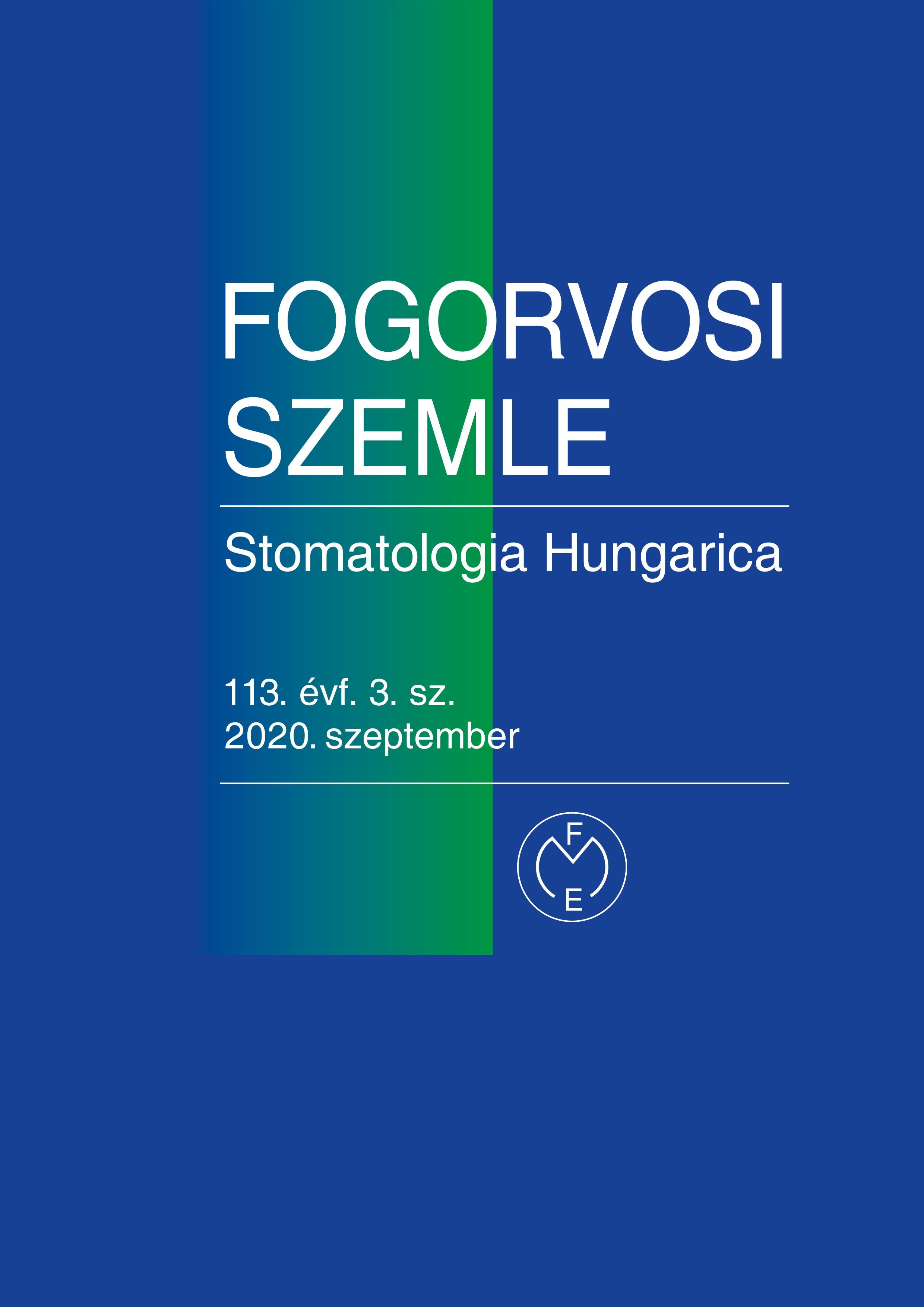Investigation of hardness and drug diffusion profile of a subgingival drug delivery system for the sustained release of chlorhexidine gluconate
Abstract
Antiseptics – besides mechanical debridement – have an important role in the treatment of destructive periodontitis. Subgingival
drug delivery systems containing chlorhexidine gluconate (CHX) may enhance or be a substitute to non-surgical
therapy. In this article, we investigate a CHX-containing drug delivery system which is solid at room temperature but softens
at body temperature. The examination was focused on the hardness, the drug diffusion profile and the antimicrobial
effectiveness of the formulation. Hardness was analyzed with a texture analyzer equipped with a spherical probe 5 mm in
diameter. The investigation was carried out at 25 and 37 °C. The drug diffusion from formulations was investigated for one
week in PBS solution. The antimicrobial effectiveness of the delivery systems was analyzed on 6 different anaerobic bacterial
strains. Results show that hardness of formulations at 25 °C is around 2000 mN which is suitable for handling and
insertion, whereas at 37 °C in PBS solution, hardness decreases greatly (to 800 mN) which contributes to the accommodation
of the delivery systems to the shape of the periodontal pocket, the penetration of gingival crevicular fluid and the
drug diffusion from formulations. Results of the drug diffusion study indicate that 50% of the CHX diffused from the formulations
during the one-week period and a concentration of 8 μg/mL were maintained in the acceptor phase after 24 hours.
Formulations effectively inhibited the growth of anaerobic bacteria for at least one week and showed similar effectiveness
to formulations containing amoxicillin or the combination of metronidazole and zinc hyaluronate. Our results suggest that
this delivery system alone or in combination with mechanical debridement may be effective in the treatment of periodontitis.
Copyright (c) 2021 Authors

This work is licensed under a Creative Commons Attribution 4.0 International License.


.png)




1.png)



